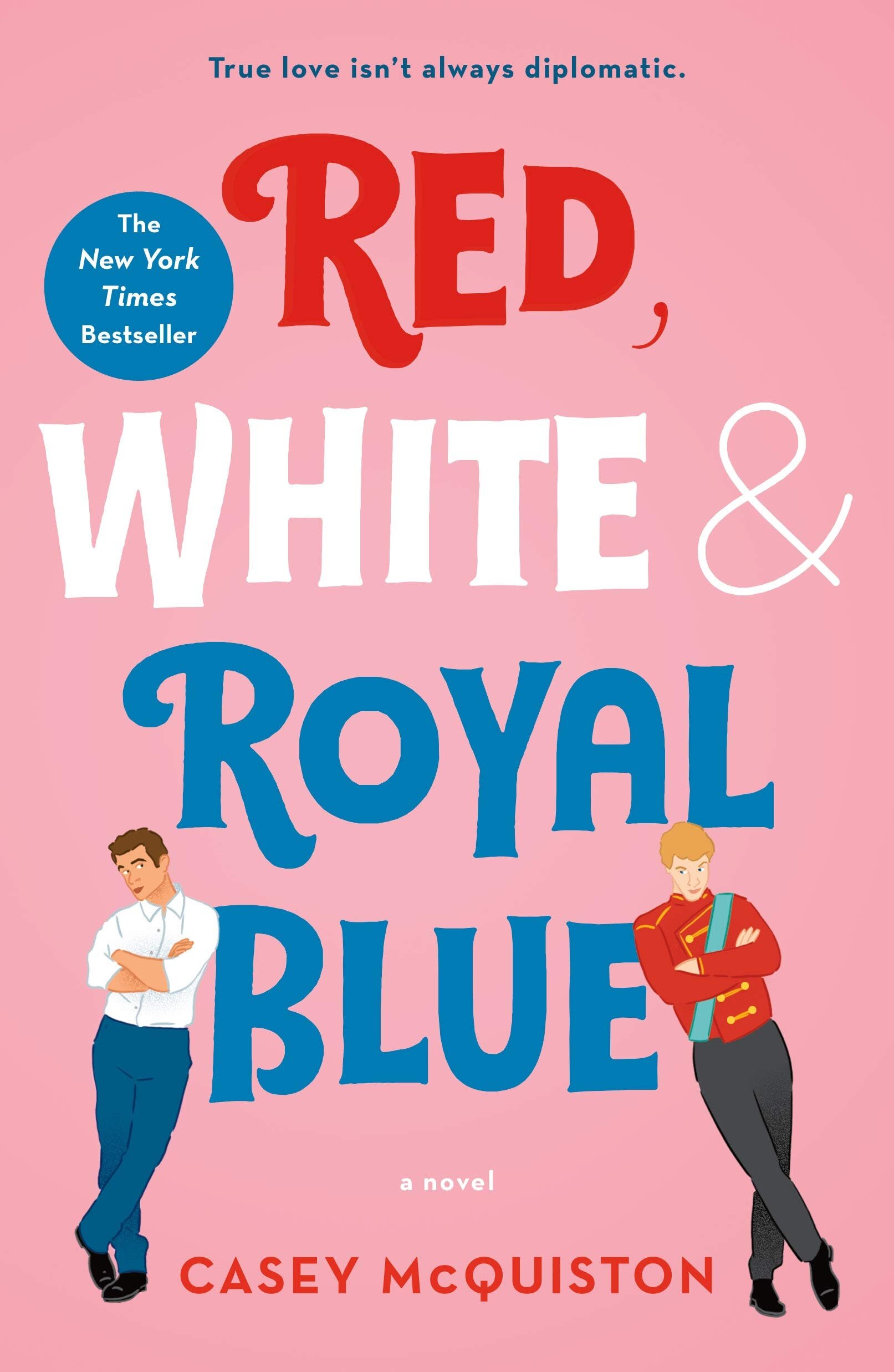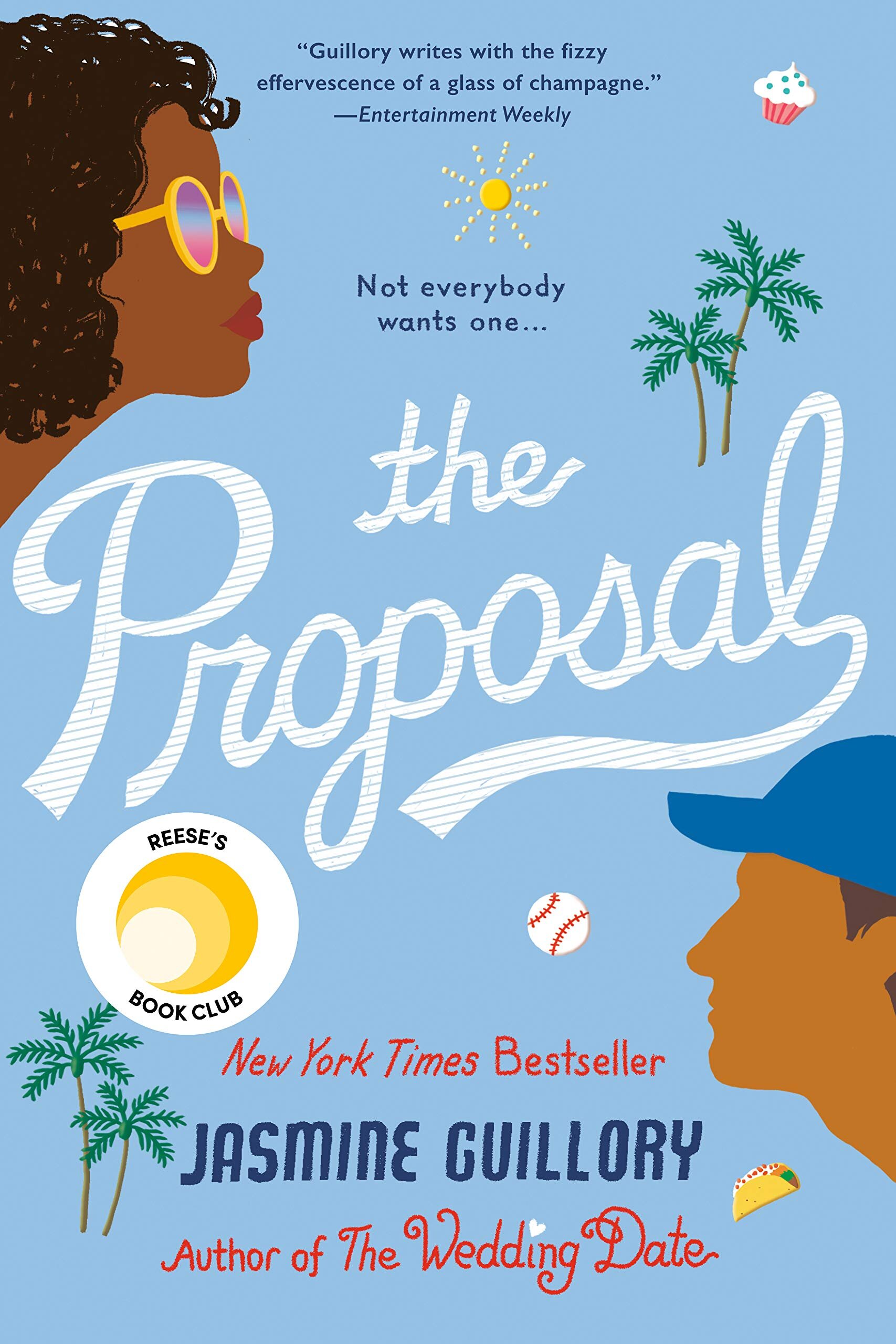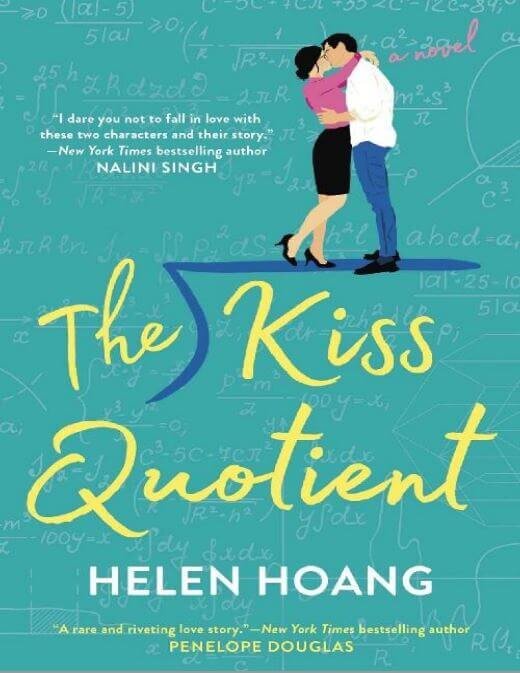Healing a difficult relationship with food and body image takes time, and it’s not something that can be fixed with a listicle. (But I wrote this listicle anyway, just in case it helps.) If you’re struggling, seek out a therapist, dietician, or doctor who specializes in body image and eating disorders.
This post is a bit advice-y, and if anything feels like too much that’s okay. It’s your body, and you can take this advice or throw it out the window.
1. Ditch your scale
Seriously, throw it away. Or you could smash it (and then throw the pieces away). You can also find a body positive doctor that won’t weigh you at appointments. In the Triangle, Mosaic Comprehensive Care is a great option.
2. Look at pictures of diverse bodies
We are inundated with pictures of thin people. From advertising, to TV, to pornography—we mostly see images of people in small bodies. Looking at pictures of people who find joy in their body at any size can be revolutionary. There is a thriving body positive community on Instagram. If you’re looking for some accounts to follow, here are 5 to check out:
3. Buy comfortable clothes that make you happy
I used to wear a lot of navy and black because I thought they were the most “flattering” colors. When I started to do my own work in therapy around body image, I realized that I actually loved bright colored clothing. I bought a pair of leggings with a bright pink and purple pattern. I loved them! Now I wear lots of patterns and bright colors. (I don’t mean to throw shade on black and navy, I still have a plethora of both in my wardrobe. And if those are your favorite colors then awesome!)
Ask yourself: what clothes make me feel good? What clothes make me feel happy? What would I wear if I didn’t have to think about something being “flattering”? A jumpsuit with little lemons on it? A swanky blazer? Sweatpants everywhere?
Also, if you have clothes that don’t fit or suit you anymore, give them away. Donate them to a thrift store or host a clothing swap for friends. If you’re not ready to give them away, put them in a box in your closet. Try to have clothes on your hangers (or in your drawers) that make you feel great!
4. Try a body-positive meditation
Whether it’s fashion magazines, sitcoms, or advertising—we frequently hear that are bodies are incorrect. Many people have also heard critical comments from family members or peers. It’s easy to internalize these messages. This internal voice is called “the inner critic.”
Doing body positive meditations can make you more aware of that inner critic. With awareness, you can recognize the inner critic for what it is—just one voice. You don’t have to believe everything it says. Here is a body positive meditation I like. If that one doesn’t resonate with you, there are a lot more meditations out there.
5. Check out the literature about Intuitive Eating and Health at Every Size (HAES)
There are some awesome dieticians who work with chronic dieting, disordered eating, and eating disorders. If you live in the Triangle, Lutz and Alexander is a great agency. They have offices in Durham, Raleigh, and Chapel Hill.
If you’re interested in learning more about intuitive eating from books or podcasts, check out the Food Psych podcast with Christy Harrison. If you want to read a first-person account of someone healing their relationship food, I recommend The F*ck it Diet by Caroline Dooner.
This blog post should not be substituted for medical care from qualified health professionals.













